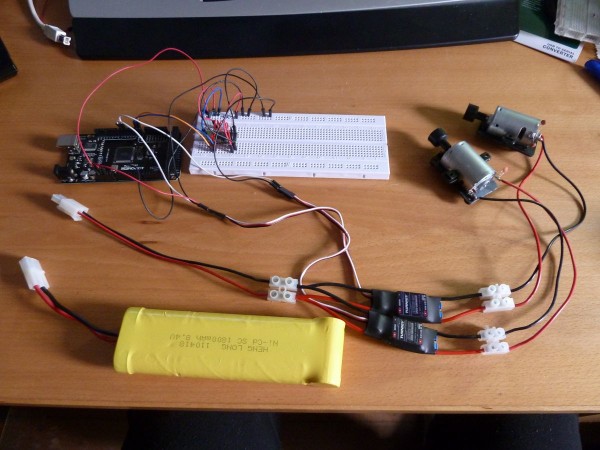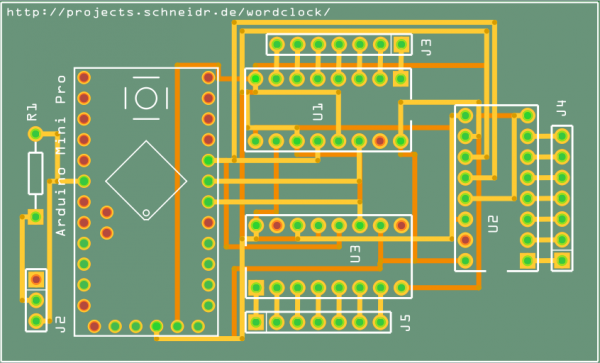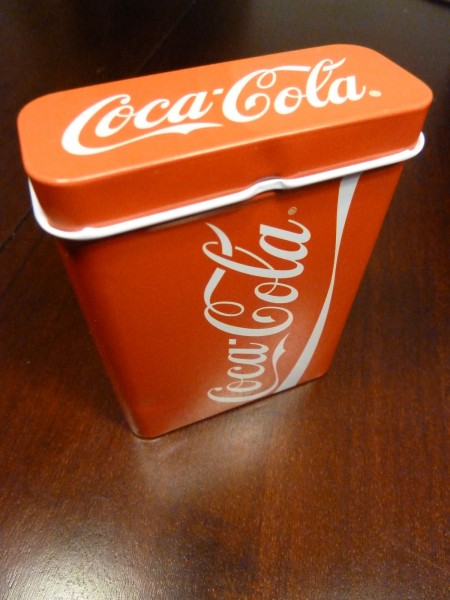I did some updates to the software of the wordclock. It couldn’t really cope with interference, and since it relies on updates from the DCF77 receiver every minute it doesn’t really work as soon as something interferes. I was a little surprised how much the signal is affected by everyday things. TVs, for instance, at least the CRT kind, which is still widely used. My main problem turned out to be the lights of my aquariums, which are neon tubes. They too affect the radio signal, which I confirmed with a “normal” radio controlled clock.
To account for these issues I modified the code to display the time from the Arduinos internal clock. This internal clock is not very accurate, from what I gathered on the Internet it is off by a couple of seconds after only a day or so. For that reason I use the radio clock signal to set the internal clock when it gets a clean signal, which should be every day at night when all interfering sources are turned off. That way the RTC chip i mentioned earlier in this post is not really necessary.
I updated the main article about the clock to reflect these changes, the new software is available for download there as well.




